In mid-June, traveling more than 200km up National Highway 7, we visited the po mu forest of Mr. Vu Va Chong (born in 1967, residing in Trung Tam village, Huoi Tu commune, Ky Son district), which is over 1,000m above sea level in the cool weather. The forest looks quite prominent, a rare green patch nestled among the bare mountains.
In a small house surrounded by the endless green of tea, sa mu, po mu, bo bo, ginger,... the "Mong millionaire" shares about the process of starting a business.
Mr. Chong said that in the past, this land was full of po mu and sa mu trees. The wood of these trees was very good, termite-free, and had a characteristic mild fragrance, so the Mong people often used it to build houses.
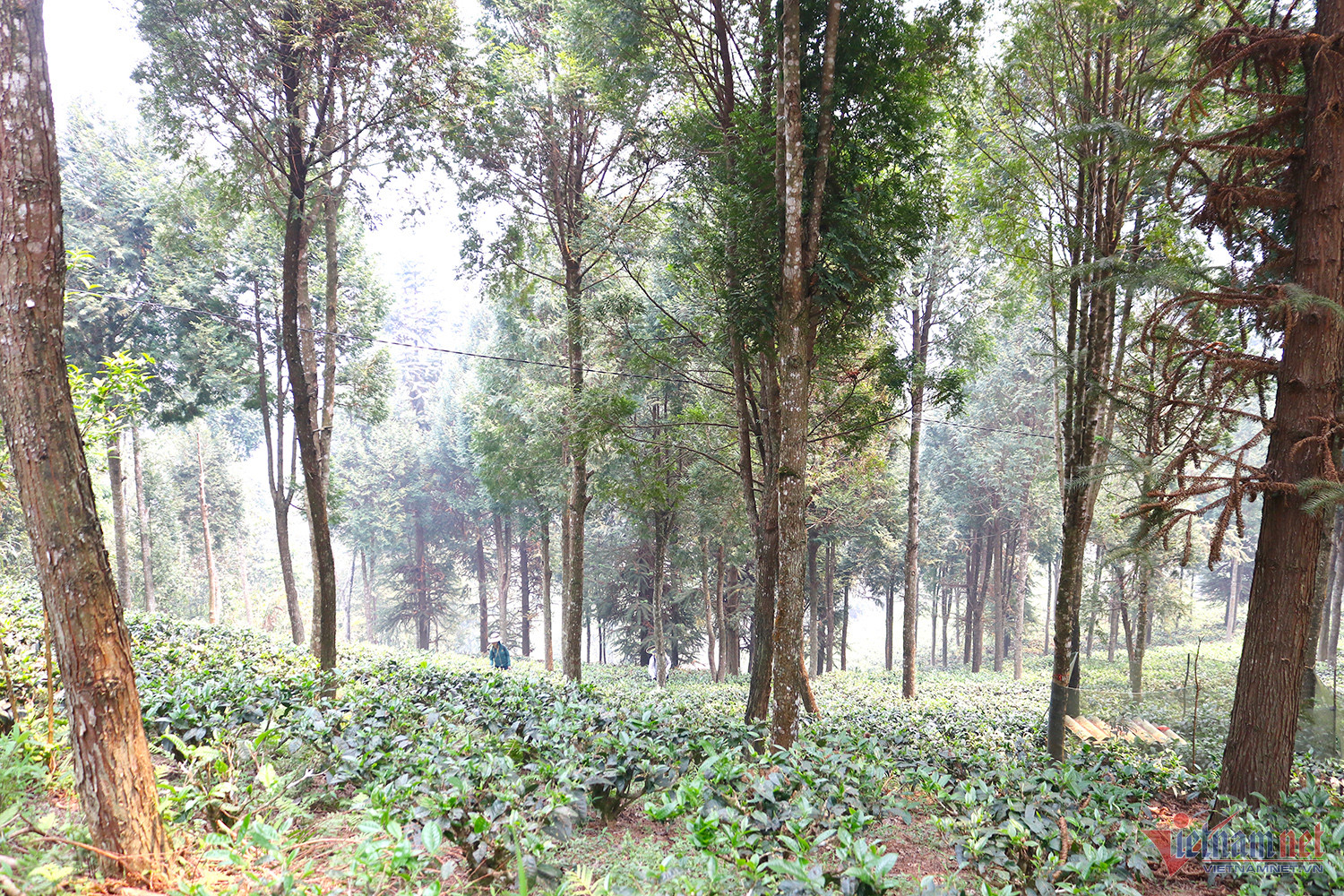
However, around the 80s of the last century, the rare po mu and sa mu forests associated with the life and culture of the Mong people were cut down one after another. Partly due to poverty and partly due to limited awareness, many people here competed to destroy the forest to make fields and farms.
Cherishing the dream of covering the bare hills, in 2000, after being discharged from the army, Vu Va Chong submitted an application to bid for 10 hectares to plant forests. After that, he had to sell his herd of cows to get money to travel everywhere to buy po mu seedlings.
“Because of my lack of experience, many of the first trees died. I traveled for many days to Tay Son commune, more than 40km from home, to learn from the locals about their experiences and ways of taking care of the trees. At that time, I spent all my fortune on planting forests, and everyone thought I was crazy,” Mr. Chong said with a laugh.
After many efforts, Mr. Chong covered 10 hectares with po mu and sa mu.

“Taking short-term to sustain long-term”, in 2003, when the 8th Youth Volunteer Corps brought Shan snow tea trees to Huoi Tu, he was the pioneer in planting 2.5 hectares. During the care process, Mr. Chong realized that the po mu and sa mu trees not only provided shade but also made the soil loose and porous, preventing erosion, so the tea trees grew very quickly.
Now, after more than 20 years of planting and caring for it, the “Mong millionaire” owns a precious wood forest with more than 7,000 trees, some of which are nearly half a meter in diameter. Income from tea and sorghum trees brings him nearly 100 million VND per year.
Pioneer in tourism development
Mr. Chong said that many times, wood traders came to knock on his door, asking to buy and were willing to offer 3 million VND/tree, but he refused to sell.
“These 10 hectares of forest have helped my children get a good education. The eldest is a teacher, and the other two are in college. I don’t want to sell it, I just want to develop tourism and change people’s perception of the forest. As long as there are forests, there will be a future for all of us,” he confided.

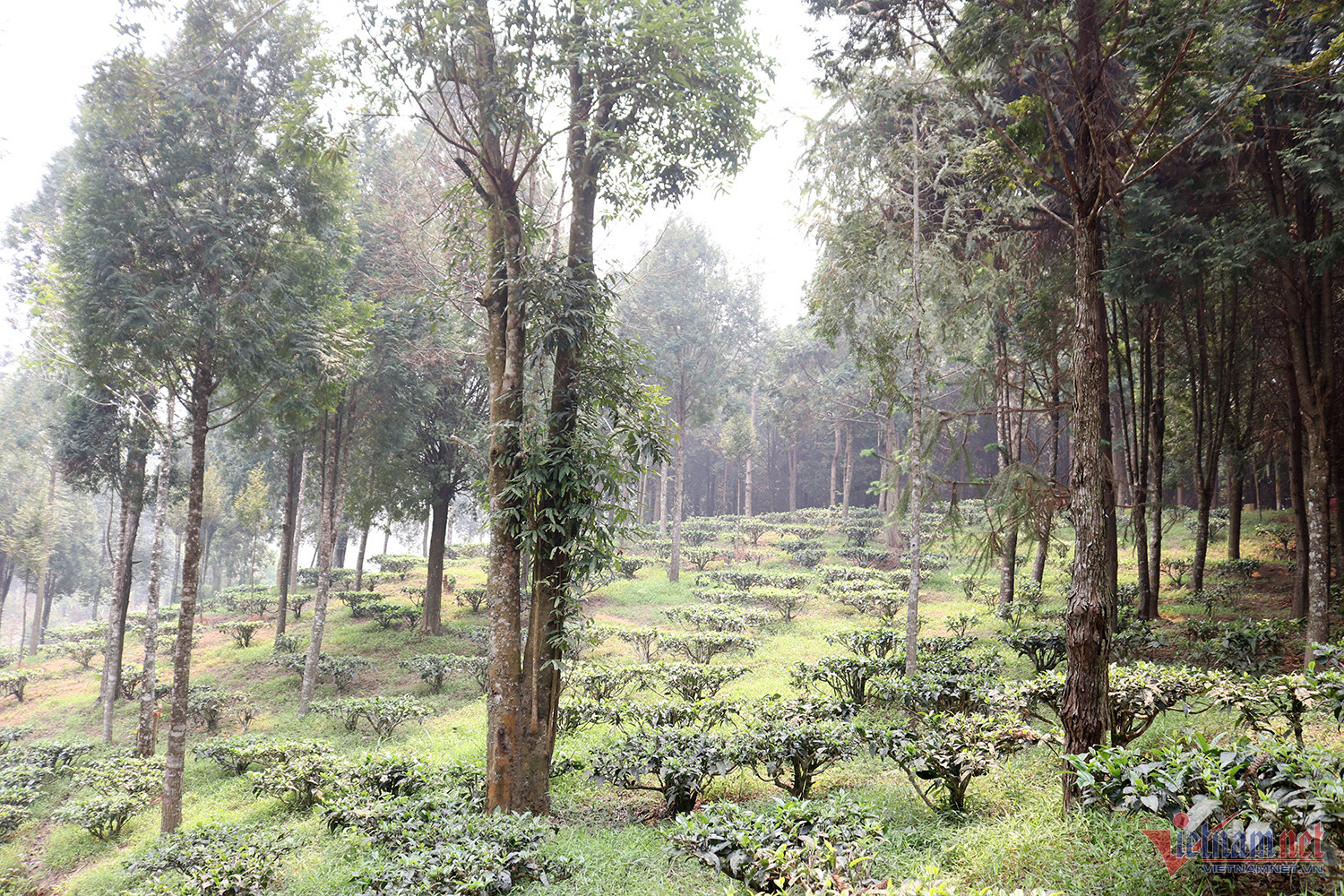
According to Mr. Chong, locals and tourists who come to visit and experience him will not collect tickets. His initial income is only from customers ordering drinks and food - all of which are Mong specialties such as local pigs, black chicken, boiled bamboo shoots, etc.
“The Mong people have never known how to trade or do tourism. But they have to change, learn and absorb,” he asserted.
Vice Chairman of the People's Committee of Ky Son district ( Nghe An ) Tho Ba Re said that po mu and sa mu are rare and precious trees. The locality is strengthening the management and protection of po mu and sa mu forests; at the same time, expanding to communes with similar climatic conditions such as Huoi Tu and Tay Son communes.
In addition, some households have boldly taken advantage of the beautiful po mu and sa mu forests to develop community tourism, becoming an ideal stopover for tourists. This not only helps people earn more income and develop the economy , but it is also a way to promote people's appreciation of the forest.
Source


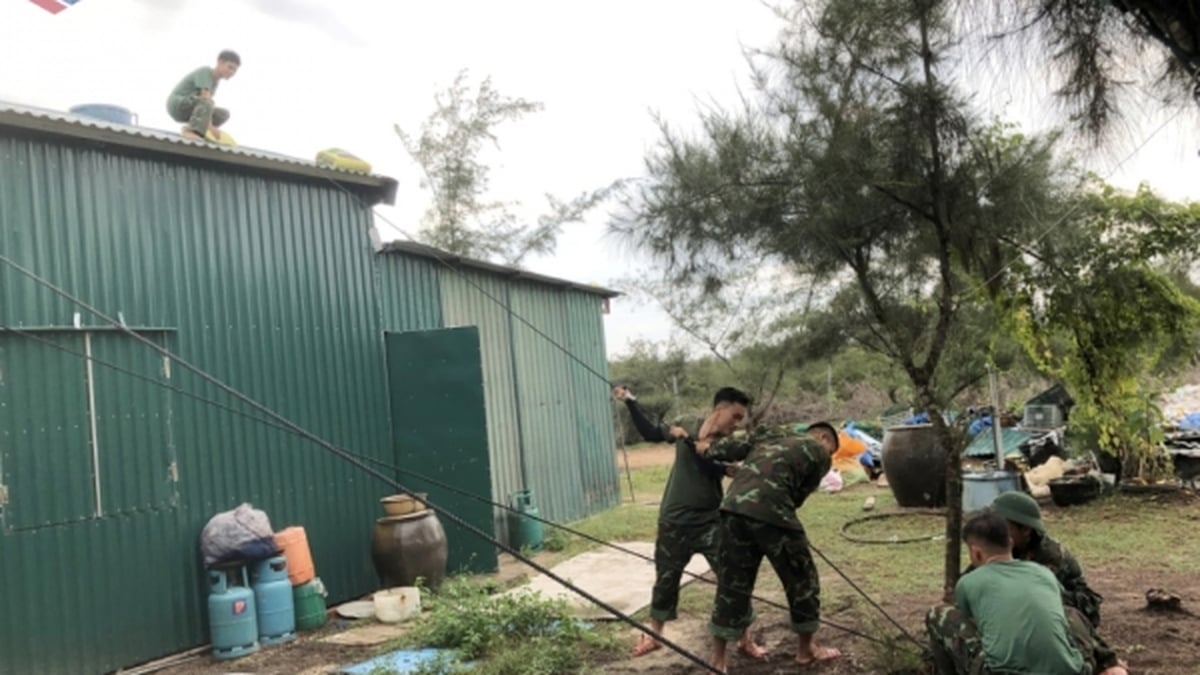
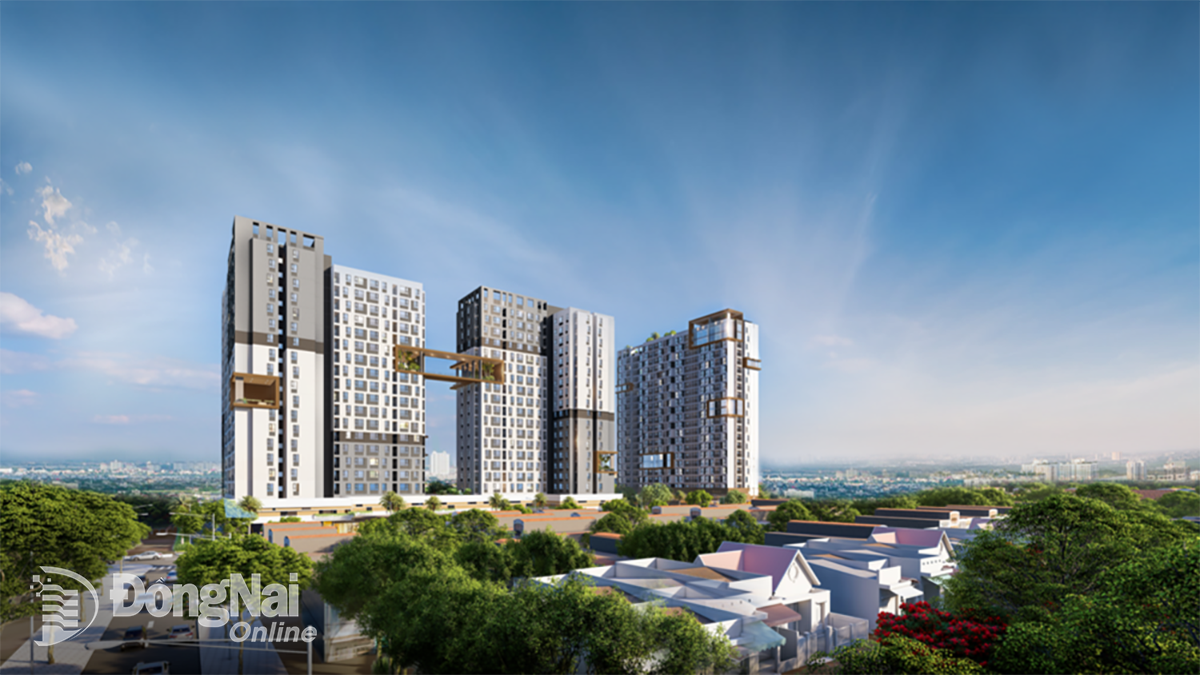
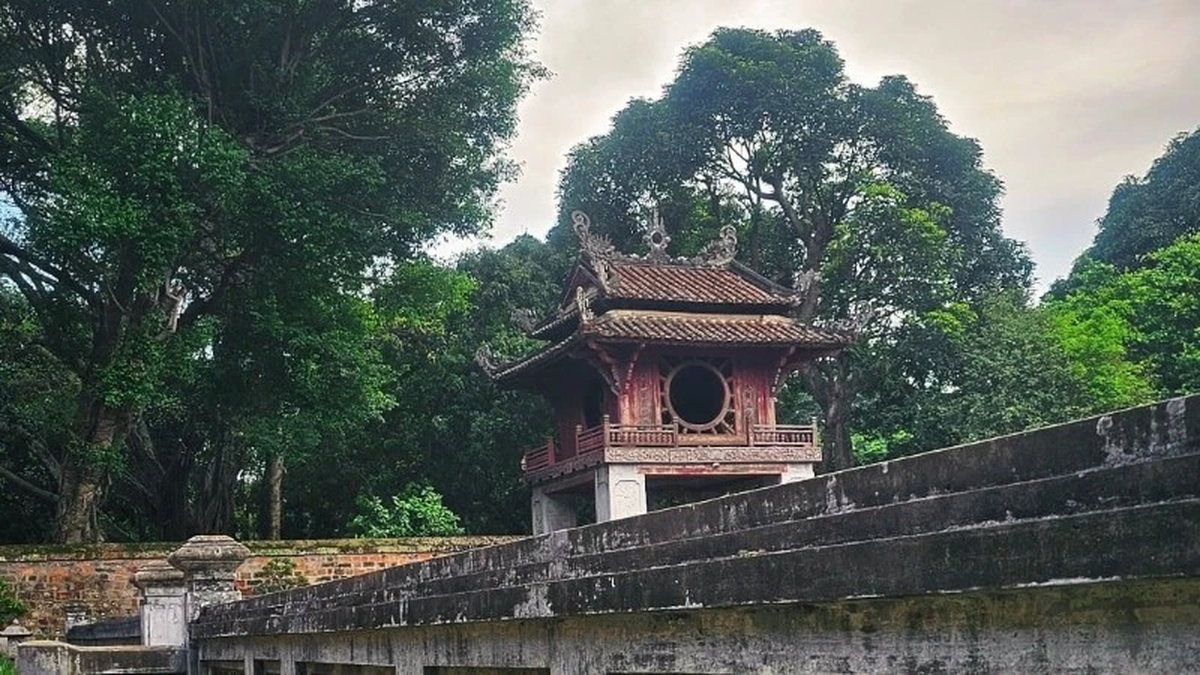
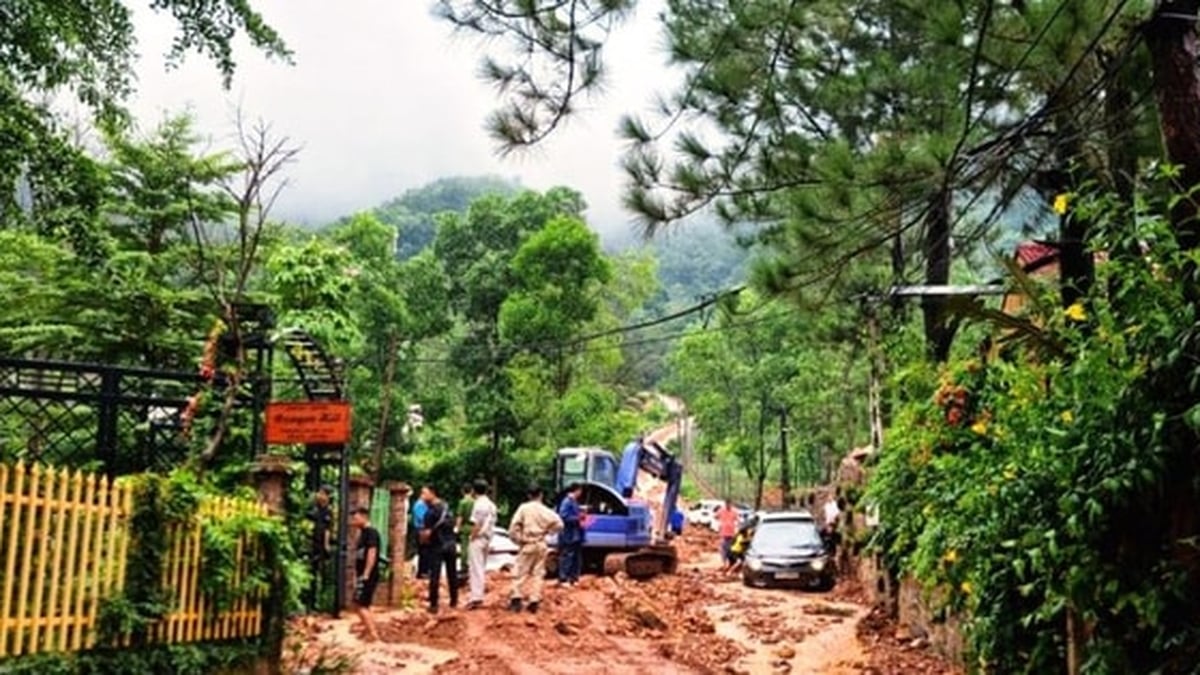

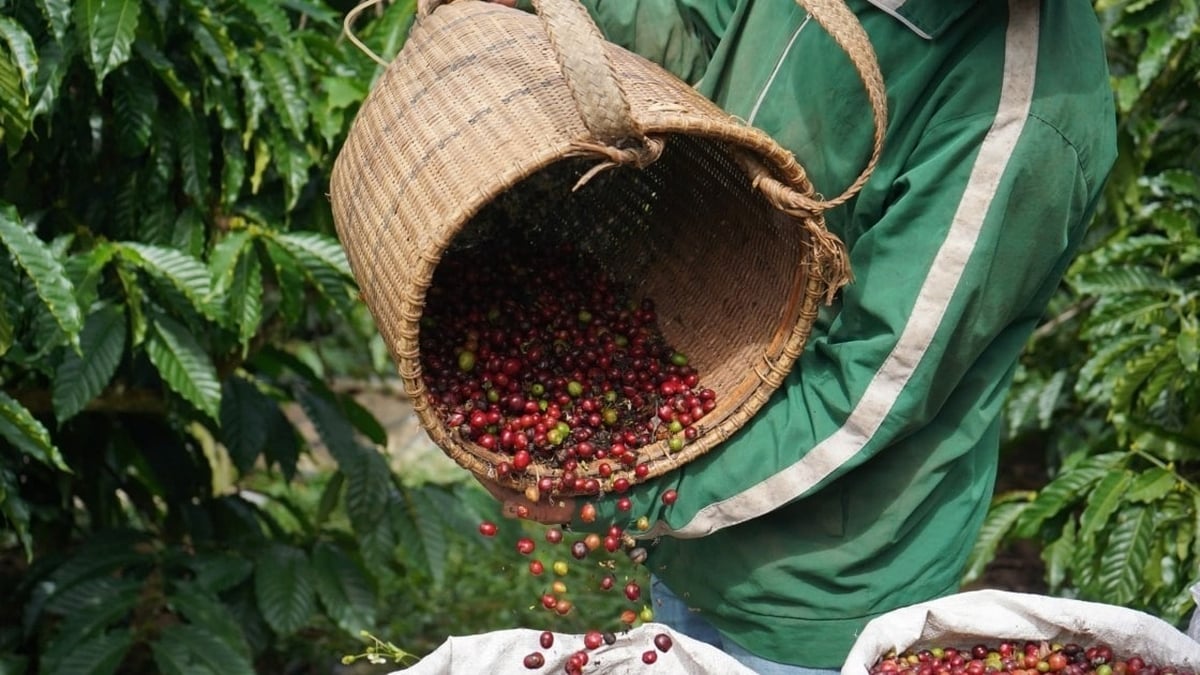

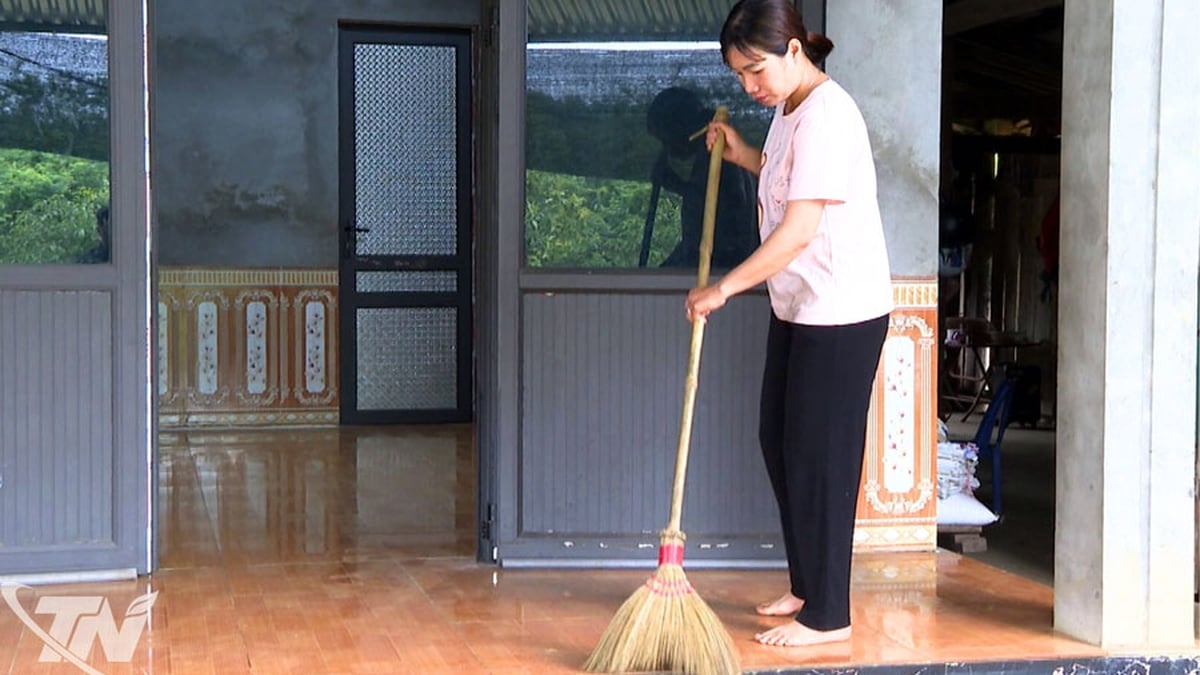













![[Photo] National Assembly Chairman Tran Thanh Man visits Vietnamese Heroic Mother Ta Thi Tran](https://vphoto.vietnam.vn/thumb/1200x675/vietnam/resource/IMAGE/2025/7/20/765c0bd057dd44ad83ab89fe0255b783)















































































Comment (0)